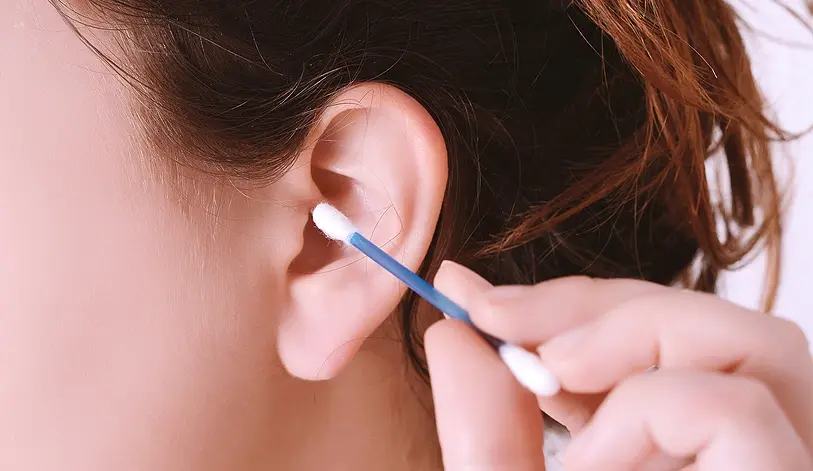Earwax, medically known as cerumen, is often overlooked in conversations about ear health. While it plays an important role in protecting the ear canal, excessive buildup can cause discomfort, blockage, and even increase the risk of hearing loss. Many people ignore earwax until it becomes a problem, but understanding its role and how to manage it can help prevent long-term complications.
What Is Earwax and Why Do We Need It?
Earwax is a natural substance produced by glands in the ear canal. It serves several protective functions:
- Traps dust and debris – preventing them from reaching the eardrum.
- Contains antibacterial properties – reducing the risk of ear infections.
- Lubricates the ear canal – keeping it from becoming dry or itchy.
In normal amounts, earwax is healthy. Problems arise only when it accumulates excessively.
How Earwax Accumulates
Some people are more prone to earwax buildup than others. Factors that contribute include:
- Narrow or curved ear canals that trap wax easily.
- Use of hearing aids or earplugs which push wax deeper.
- Age-related changes that make earwax drier and harder.
- Cotton swab use which often pushes wax further inside instead of removing it.
Link Between Earwax and Hearing Loss
Excessive earwax can block the ear canal, leading to temporary hearing loss. Symptoms include:
- Muffled or reduced hearing.
- Earache or feeling of fullness.
- Ringing in the ears (tinnitus).
- Dizziness or imbalance in severe cases.
If left untreated, earwax impaction can worsen existing hearing conditions or be mistaken for age-related hearing decline.
Safe Ways to Manage Earwax
Not all earwax needs to be removed, but when it causes discomfort or hearing problems, safe methods include:
- Professional removal – ENT specialists can use suction or special instruments.
- Ear drops – Over-the-counter cerumenolytic drops help soften wax for easier removal.
- Irrigation – Using warm water to flush out wax (should only be done when eardrum is intact).
⚠️ Avoid using cotton swabs, hairpins, or sharp objects, as these can push wax deeper or damage the eardrum.
When to See a Doctor
Seek medical attention if you experience:
- Sudden or severe hearing loss.
- Persistent ear pain or discharge.
- Repeated earwax impactions despite home care.
- Use of hearing aids or underlying ear conditions.
While earwax is a natural protector of the ear, excessive buildup can block the ear canal and increase the risk of hearing loss. Practicing safe ear care, avoiding harmful cleaning habits, and consulting professionals when needed can help preserve hearing health.

